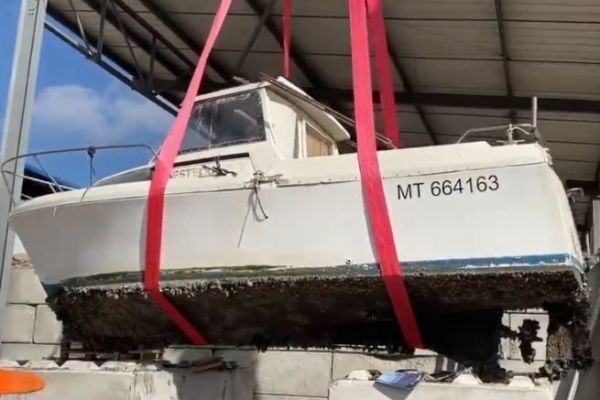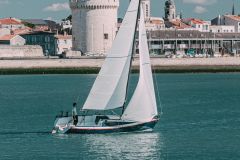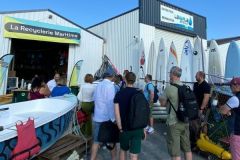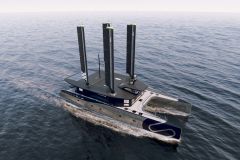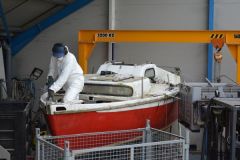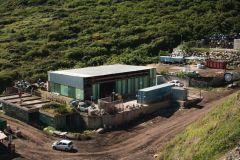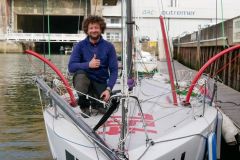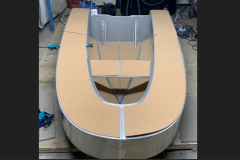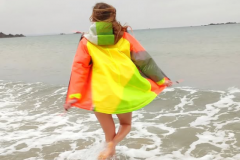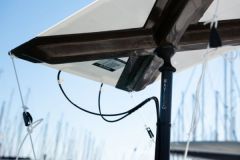A small helmsman designed for fishing
The Esteou 630 is a helmsman designed and built by Jeanneau. Launched in 1980, production was halted in 1993 after 1400 units were sold. Highly prized by fishermen for its simplicity and maneuverability, it was produced in 5 sizes, ranging from 4.8 m to 8.3 m.
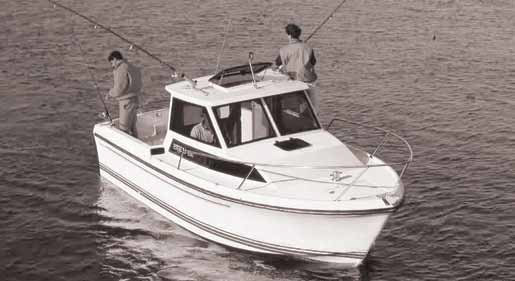
Based in the Bouches du Rhône region of France, our Esteou 630 has lost its former glory. Neglected and lacking maintenance, she hasn't sailed for several years. The hull is osmosed, the on-board equipment is out of order, and the hull is colonized by algae. Rather than occupy a harbour space unnecessarily, the decision was taken to have her deconstructed.
An end-of-life that respects the rules and the environment
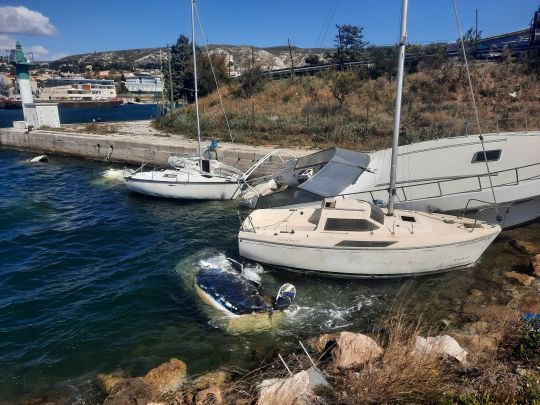
In the past, it was not uncommon for such boats to be deliberately sunk offshore or at the bottom of a harbor. Or rigged and dumped in a wasteland. The APER-initiated recovery procedure has the merit of avoiding this kind of behavior.

Once the deconstruction file has been validated by APER, our Esteou, deprived of propulsion, is loaded onto a trailer. Before being transported, it is emptied of all fluids, which must be transferred to the appropriate storage tanks. Diesel, coolant and other cans of uncertain origin have to be unloaded. Equipment that can be reused on other boats is dismantled. For example, the starter motor, one of the newest items on board, is dismantled, tested and put back on the market.
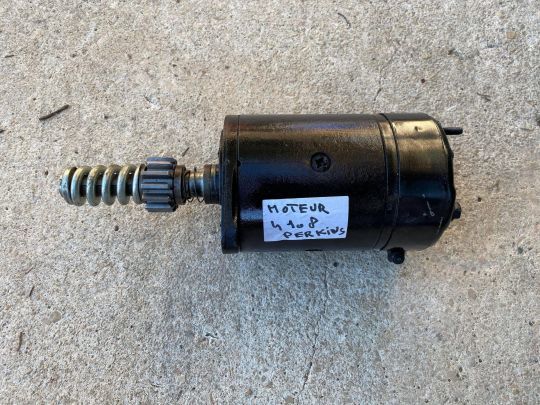
The boat is then transported to an approved dismantling center. There are around twenty such centers throughout France.
A procedure that is set to expand
On site, the Esteou is crated in a special area, from which the various recyclable materials are removed. The polyester hull will then be integrated into a conventional reprocessing process, along with other materials.

As Florent Cassegrain, manager of Casse Marine Enlèvement, explains to us, this type of procedure, which has many advantages, should become more widespread:
" Every time a boat is destroyed, boaters have a bad feeling about it. We receive many messages from incredulous boaters who don't understand why we destroy a boat. But you have to understand and accept that a refit would cost much more than a well-maintained second-hand unit. Some boats are also abandoned, or in a succession dispute, and it is not legally possible to salvage them. And others are technically beyond repair, even on a large budget.
On the other hand, our approach enables us to recover second-hand equipment that can be resold for smaller budgets. We also have a large stock of parts and accessories for mass-produced boats that are no longer manufactured, and which start a new life cycle. Last but not least, this process frees up numerous berths, which is a rare commodity in our region ".

 /
/ 